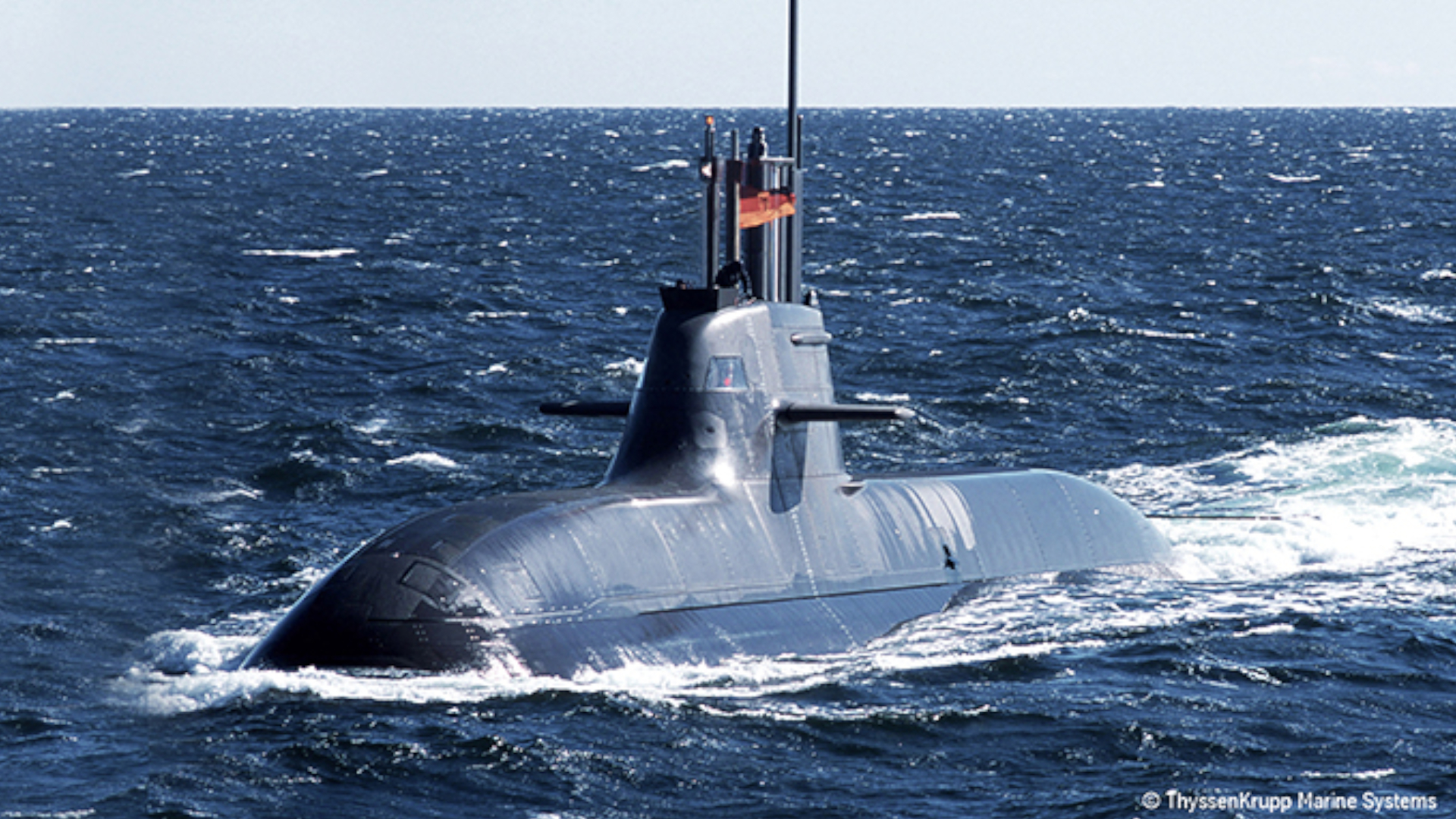

Naval Protection
Protecting Naval Assets and the Environment
BRUKER maritime NC-detection solutions permit the installation of highly customised configurations to any class of naval surface vessel or submarine. For ships assigned to environmental protection tasks, a configuration can be made available that provides an enhanced analytical performance beyond a CBRN threat detection capability.
Protecting Warships by Advanced NC-Detection
Bruker is the acknowledged world leader in the design, development, configuration and supply of detection technologies for surface vessels. Choose from the capabilities below to defend both your most valuable naval assets and their crew complement.
Protecting the citadel occupants by detecting all known chemical warefare agents, the RAID-S2 detector is configurable to meet your needs. For example, by detecting breakthrough in the CBRN filter system, this product gives early warning of a toxic threat inside the citadel.
The Bruker Radiation Probe is a gamma dose-rate detector that mounts to the superstructure and has IP66 protection. This detector outputs data over RS422 and can be integrated directly to the ship’s IT system.
The Submarine Nuclear and Chemical Detection System
The Bruker Submarine Nuclear and Chemical Detection System (SNCDS) is
a highly-specialised, stationary system for the detection of nuclear
radiation and chemical agents, which has been specifically designed for
the demanding environment of submarine installations.
The
RAID-U2plus is used for detecting Chemical Warfare Agents (CWA) and
Toxic Industrial Chemicals (TIC) in the atmosphere outside the
submarine. The system is integrated to the boat using a bespoke sampling
system designed exclusively for submarine applications.
Two
Radiation Probes are used for gamma radiation detection; one inside and
one outside the submarine. The external probe is configured to withstand
the high pressures experienced when submerged.In
nuclear-powered submarines, the batterypowered Bruker SVGps hand-held
radiation meter can be deployed for general radiation detection duties.
Maritime Pollution Detection, Evaluation and Protection
Pollution Response, or Chemical Recovery Vessels with Bruker detection systems are deployed by many nation states to identify the toxic nature of pollution incidents, whilst protecting the crew complement and helping to manage post-event countermeasures.
A typical installation on a Chemical Recovery Vessel (CRV) comprises a combination of a Bruker RAID-S2 detector, a Bruker E²M mobile mass spectrometer, multiplex controlled sampling lines and a series of dedicated third-party electrochemical gas sensors to monitor specific chemical compounds.
The Bruker system surveys the air around the ship, as well as post CRV filtration, by means of five sampling lines. These take atmosphere samples from two external and three internal points, and operate continuously, 24/7.